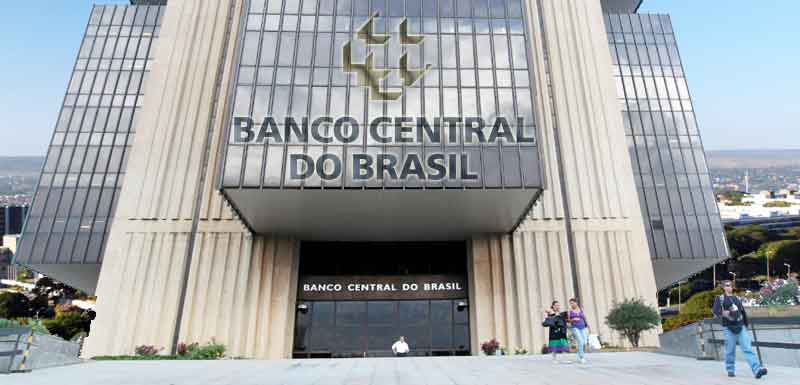RIO DE JANEIRO, BRAZIL – Concern with rising prices was the main reason for COPOM to raise the Selic rate higher than expected, reaching 2.75% per year and indicating that it may make further adjustments. The role of the Central Bank is to guarantee the stability of the currency, and one of the paths is stable inflation.
The Central Bank, however, says that at the moment there is an “inflationary surprise” and has revised the IPCA inflation rate forecast from 3.4% in the last report to 5% in 2021. Depreciation of the real and the rise of several commodities, especially oil, weigh heavily inthe IPCA index.

The center of the inflation target, set by the National Monetary Council, is 3.75% for this year, with a tolerance range of 1.5 percentage points plus or minus. That is, the lower limit is 2.25% and the upper, 5.25%.
In the report, the Central Bank cites six factors that lead to the upward revision, among them the higher than expected hike in February and the increase in administered prices, such as gas cylinders, which is also related to oil. In all, the Central Bank estimates a 9.5% increase in tariffs. With the continuity of the pandemic, the Bank ponders that inflation in services has surprised to the downside.
Beyond the projections, the scenario of high inflation continues. The IPCA-15, the official inflation forecast measured by the IBGE, recorded in March the highest variation since 2015. Of the nine groups of products and services surveyed, all, with the exception of education, rose in March.
Fuels continued to rise, with an 11% increase in gasoline and 16% in ethanol, making the transportation group contribute to the largest increase. However, housing also weighed on the consumer’s price. Here, administered prices are included – those with government-regulated price adjustments. Gas cylinders rose 4.6% and water and sewage bills were also increased.
GDP
In the inflation report, the Central Bank revised the estimate for the Brazilian economy and forecasts a GDP of 3.6%, down from 3.8% in the December report. The BC’s forecast is above the expectation of the financial market and the Ministry of Economy, which estimate a 3.2% economic growth for this year.
According to the Central Bank, the projection considers, on the one hand, the “statistical load” for the annual GDP higher than expected, due to the economic growth at the end of last year, and the maintenance of the activity “at a high level at the beginning of 2021”. On the other hand, it also reflects the worsening of the Covid-19 pandemic in recent weeks.
Source: Veja

